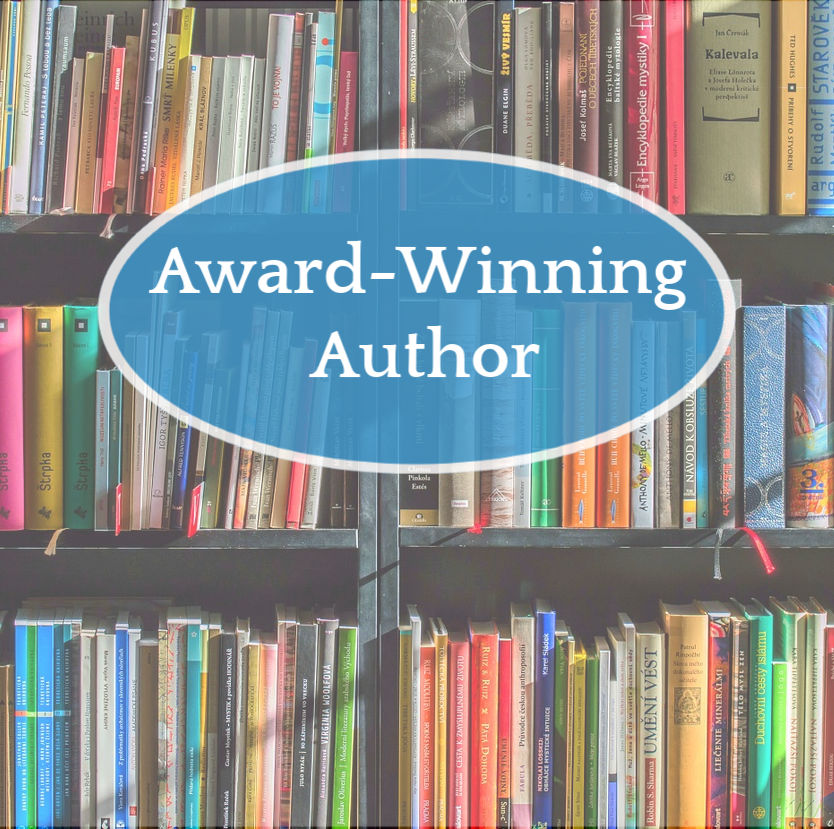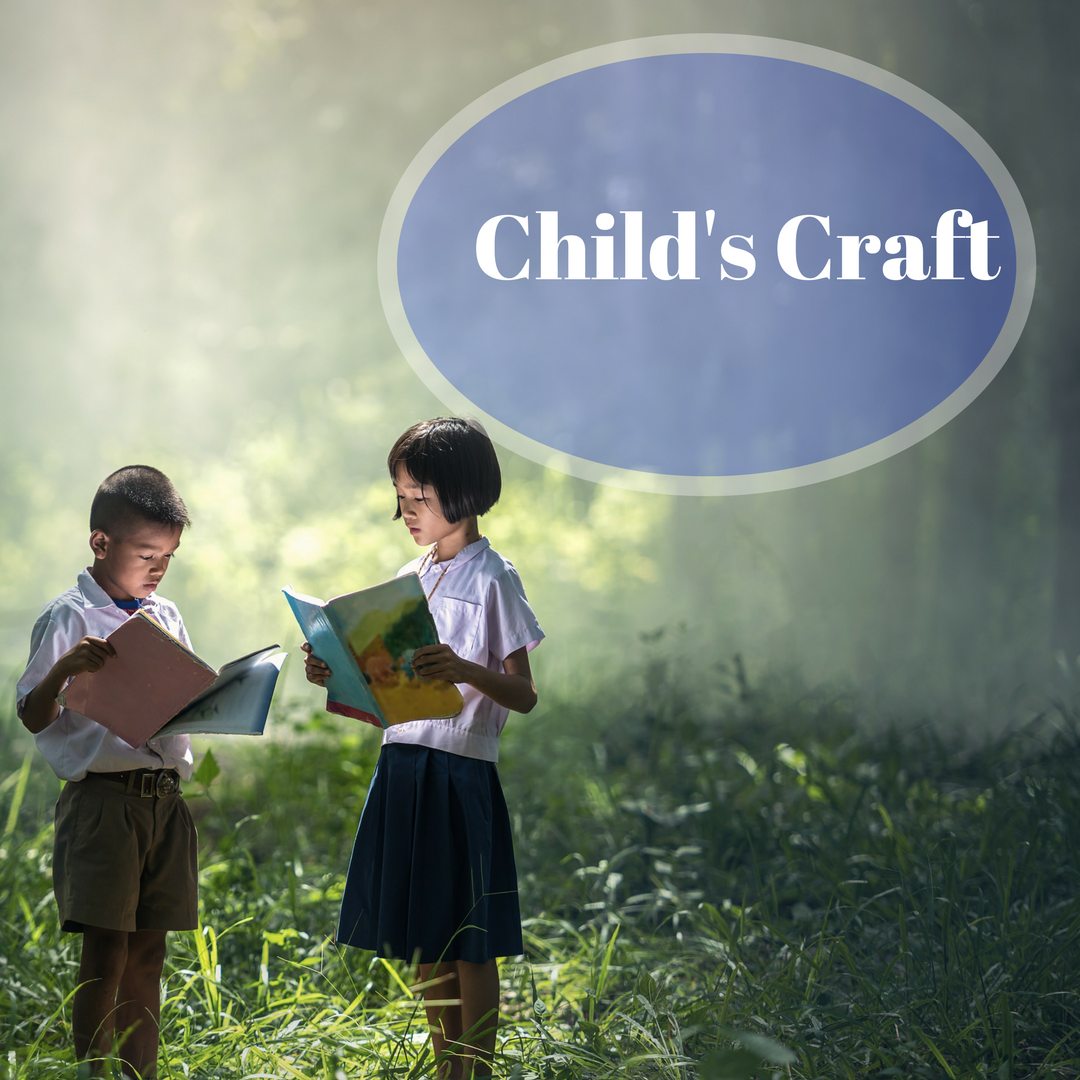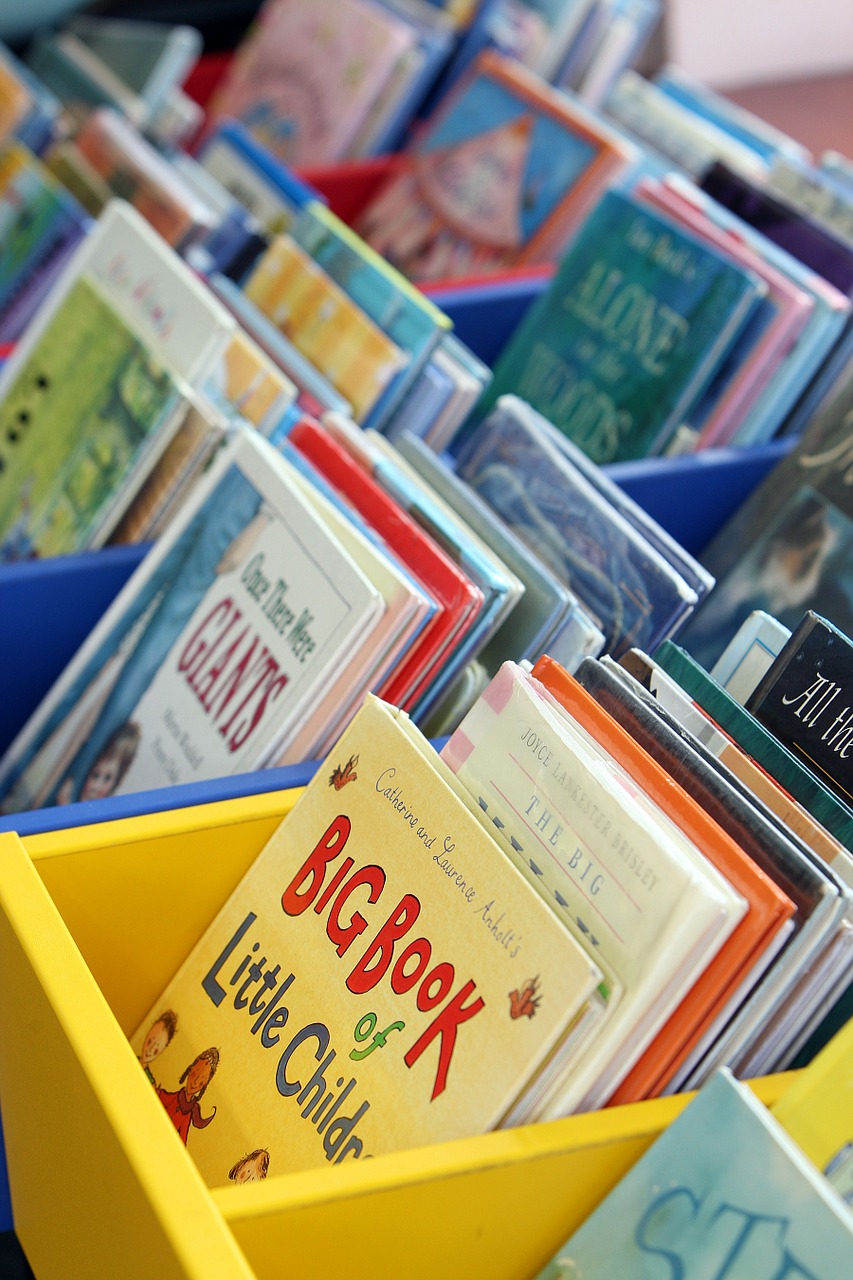
Opening Lines for Picture Books
First lines make a promise. From “Call me Ishmael” (Moby Dick, Herman Melville, 1851) to “Happy families are all alike; every…
September 8, 2022
First lines make a promise. From “Call me Ishmael” (Moby Dick, Herman Melville, 1851) to “Happy families are all alike; every…
September 8, 2022
Things are getting more exciting for fall – real conferences in person with live editors taking pitches. But until…
August 16, 2022
Kids love humor, and publishers know it. Face it—parents love humor too. That’s why knowing how to add a…
March 11, 2022
“Then I’ll huff, and I’ll puff, and I’ll blow your house down!” said the Big Bad Wolf. Children engage…
August 8, 2021
Is there anything more fun than being in the library Children’s room at story time? I was the lucky…
June 21, 2021
Can you share a little about your recent book? My mom always called the period of time when people…
April 1, 2021
We’re story-tellers! So, we often want to tell every scrumptious detail of our stories as we write. But not…
February 21, 2019
Let’s take a look at the layout of Picture Books. Most books, including picture books are produced in pages…
September 17, 2015
So, you’ve written your masterpiece of a story. You finally put your great idea onto the pages. What a fabulous…
July 27, 2015